Dissolved oxygen should not be negative. Can you determine the error that created the unusual oxygen profile above?
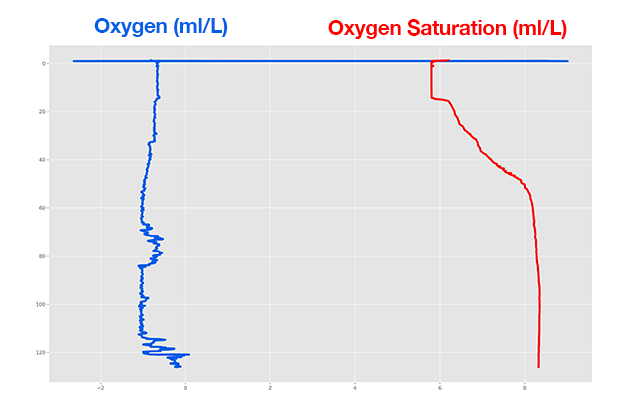

Dissolved oxygen should not be negative. Can you determine the error that created the unusual oxygen profile above?
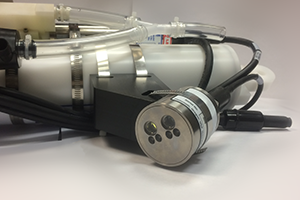
Unlike analog auxiliary sensors, instruments that output serial RS-232 data are more challenging to integrate with Sea-Bird Scientific CTDs. Despite RS-232 being a standard communication protocol, most instruments have a unique data output format and command set. As...
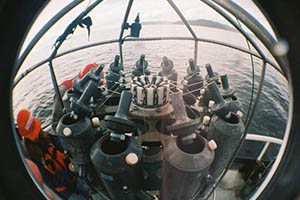
From today until April 30th , submit your best photos and view entries to our 5 categories for a chance to win one of several prizes, including Sea-Bird Scientific swag and some grand prizes. Most Biofouled Sea-Bird Scientific instrument: biofouling sets in and–in...
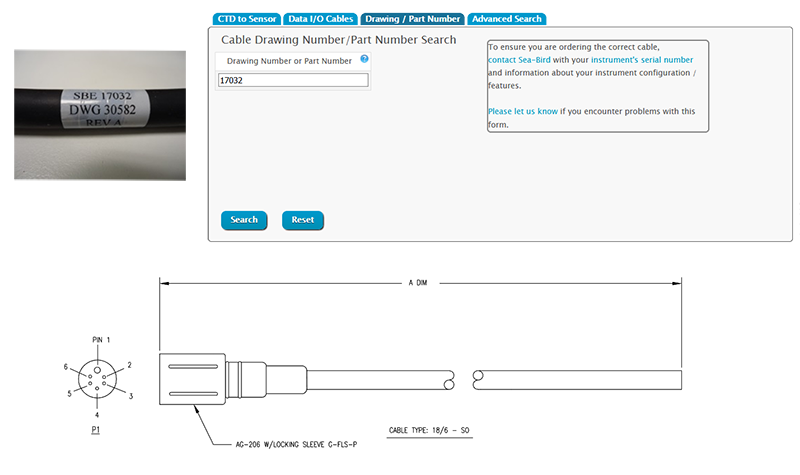
Consider this hypothetical situation: you find a loose cable with a 6-pin connector and a 4-pin connector - exactly what you need to connect an oxygen sensor to your CTD. However, just because the cable ends fit on the instrument connectors, you still don’t know if...
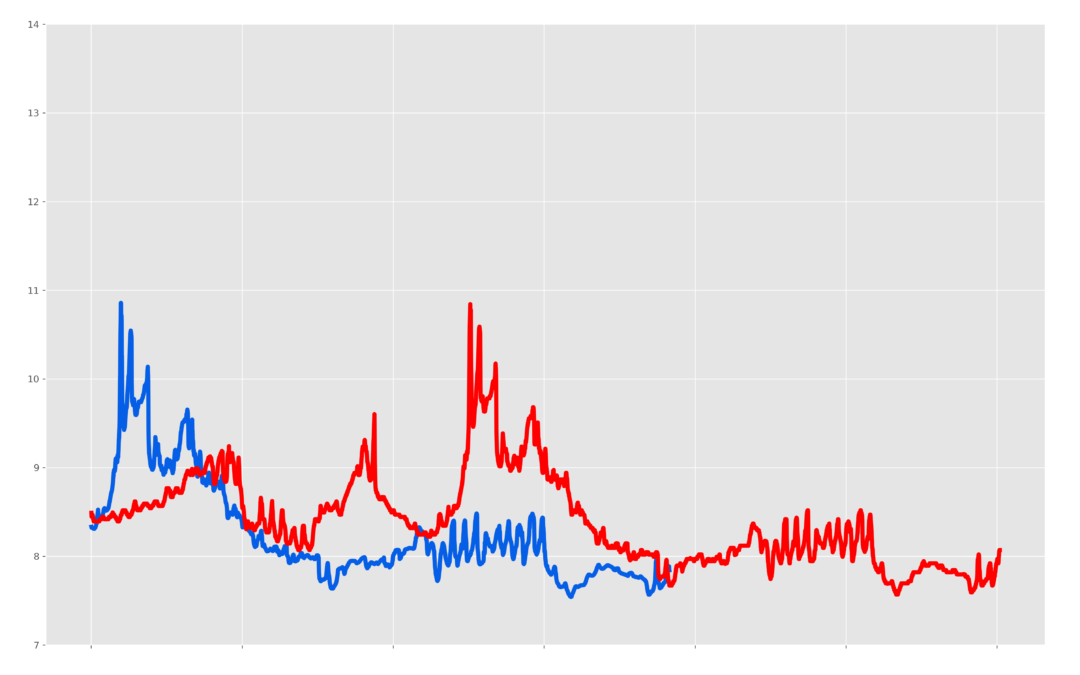
Although they should match perfectly, the two sensors rarely reported the same temperature value throughout their deployment. Furthermore, the 16plusV2 appeared to stop logging, although the batteries still had life upon recovery. Can you identify the problem?
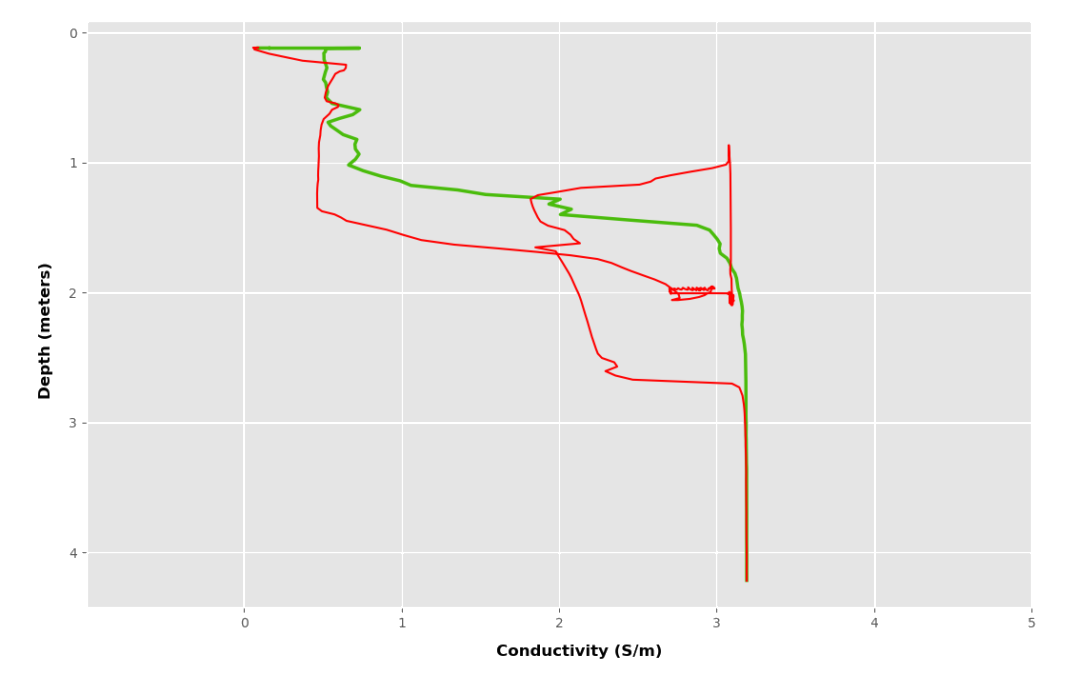
The data shows conductivity from a 19plus deployed in a shallow estuarine river. The red line shows the CTD downcast and the green line shows the upcast. While the upcast data show the expected shape for a CTD profile (low conductivity at the surface, rising conductivity as the CTD descends), the downcast shows an unusual shape in until about 2.6 meters depth, where conductivity appears to suddenly correct itself.
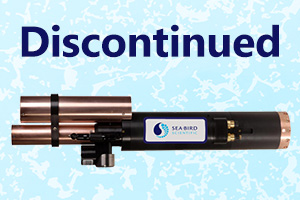
July 2020 Newsletter Over the past 12 years, the WQM and WQMX have been integral to accelerating the understanding of natural waters. This instrument family was the first collaboration between WET Labs and Sea-Bird Electronics before our companies became fully...
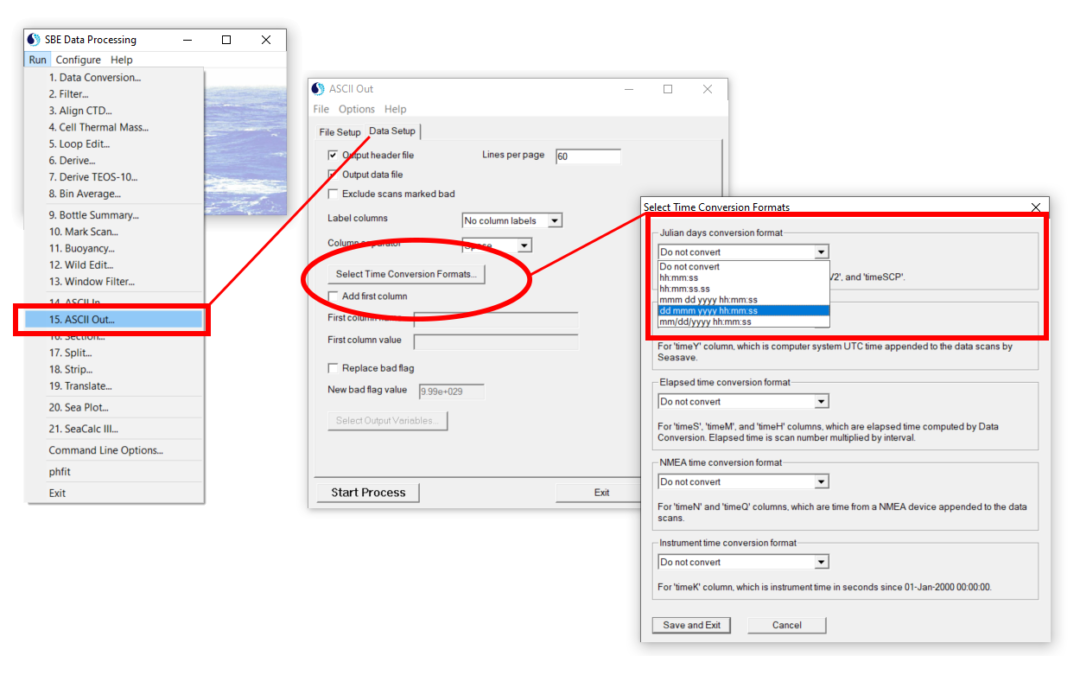
Tech Tip: Julian Days Format “Julian Days” is a numerical timestamp format, calculated by Sea-Bird Scientific CTDs as the number of the days since Jan 1 of that year (e.g., noon on Feb 3 = 34.5). While this format is useful, it is usually more convenient to display...
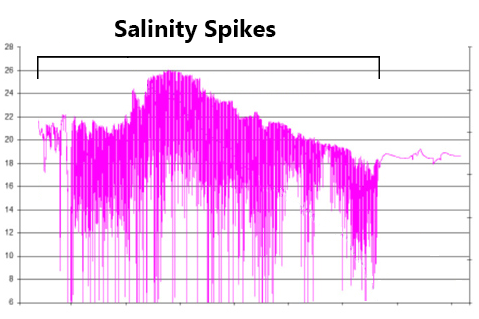
Q&A: Diagnosing Salinity Spikes The figure above shows a time series of salinity from a moored CTD. For most of the deployment, salinity showed frequent downward spikes, dropping from an expected range of 18-26 psu to near zero. Can you determine the cause?...
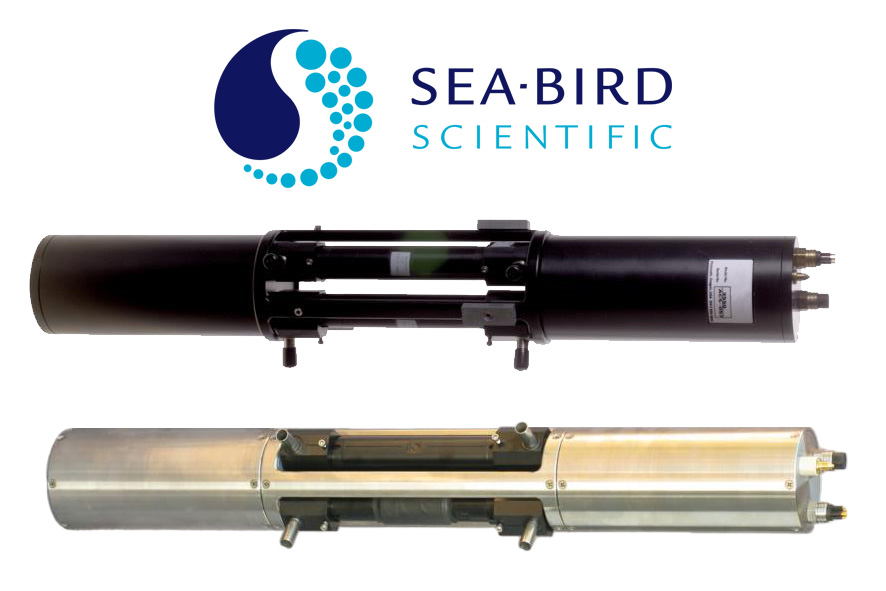
In 2011, the Sea-Bird Scientific AC-9 (formerly WETLabs AC-9) was discontinued and replaced by the Sea-Bird Scientific AC-S. We recognize that many users rely on Sea-Bird Scientific products for several years, so we have continued to offer Best Effort Service for the...
We hope to see you at AGU24 Overview Each year, AGU’s annual meeting, the largest gathering of Earth and space scientists, convenes 25,000+ attendees from 100+ countries to share research and connect with friends and colleagues. Scientists, educators, policymakers,...
Press Release FOR IMMEDIATE RELEASE Sea-Bird Scientific Announces New Distribution Agreement with TERAMARA (formerly DASCO Equipment Inc.) Bellevue, WA – August 1st, 2024 – Sea-Bird Scientific, a leading provider of oceanographic and environmental monitoring...
We hope to see you at our upcoming Scripps Technical Forum We invite members of the Scripps community to join us for an in-person Technical Forum and visit at the Scripps campus on October 16 + 17 in La Jolla, San Diego, CA, to showcase the latest in software...